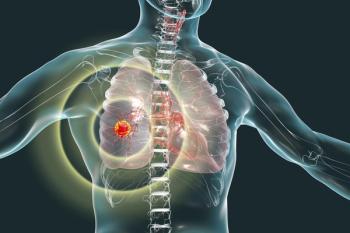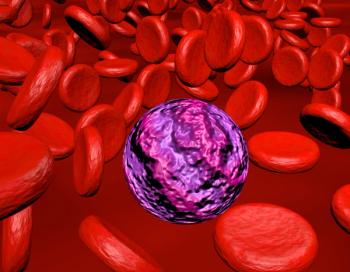
Luciano Costa, MD, PhD, Discusses Lessons Learned From the COVID-19 Pandemic in the Treatment of Myeloma
CancerNetwork® sat down with Luciano Costa, MD, PhD, at the 2021 International Myeloma Workshop to highlight key lessons that COVID-19 pandemic taught him.
At the 2021 International Myeloma Conference, CancerNetwork® spoke with Luciano Costa, MD, PhD, of O’Neal Comprehensive Cancer Center, about key lessons from the COVID-19 pandemic, such as the resilience of patients with multiple myeloma, adapting to new communication tools, and the importance of interpersonal interactions.
Transcript:
One of the lessons from the pandemic is how resilient our patients are. Of course they are already frightened by their own condition, their own circumstances, their own malignancy; they all have this universal fear leaning over them, and despite that they're able to keep going, [and] continue therapies, trusting our recommendations and proceeding. The other lesson that everybody's learning from this is how we can be just as productive by using some creativity. I think that was the steepest learning curve we saw for learning new technologies, a new way to communicate, and new ways to collaborate.
For the work environment and our interactions with peers, and to some extent to our patients, are going to be forever changed. In a last kind of celebratory tone, I think many of us, particularly the more senior of us—I now include myself into that [category]—have been reminded how essential that interpersonal interactions are. I think our patients feel that, as well. Over the months, our telehealth visits really went down because I think both me and the patients felt the need to have that direct interaction. That's something that we can’t replace. It’s something that has been a cornerstone of practicing medicine and doesn’t get replaced easily.
Newsletter
Stay up to date on recent advances in the multidisciplinary approach to cancer.


















































































